Day 20: Pork Apicius, Spanikopita, & Crème Anglaise
Today’s main dish was a bit more exotic (i.e. less French) than usual! However, the actual technique used to make our LE PORC ASPICIUS stew was very similar to the technique used for Beef Bourgiognon. This dish featured pork shoulder, a tough piece of meat (=more flavorful) that must be cooked for a long time, over low heat to make it extra tender.
The dish, which is named after the famous gastromer Aspicius, is essentially a stew flavored with saffron, toasted and ground cumin seeds, fresh mint, and marinated dried fruit. Our dried fruit was marinated (prior to today) in equal parts red wine/red wine vinegar and fresh mint and anchovy. Sounds weird, but it tasted good!
My partner for the day, Tasha (finally!), and I started working on our stews the second we got into the kitchen after demo. After trimming and cutting our pork shoulder into bite size pieces, we seasoned them with salt, pepper, saffron threads, and cumin seeds. The meat was then seared in canola oil over very high heat. At this point, we set it aside, added mirepoix (carrot, onion, celery) to the pan, followed by a small amount of tomato paste, and deglazed the whole thing with red wine. To this, we added veal stock. At this point, we added the meat back in, covered it with a cartouche (parchment cut to act as a tight-fitting lid) and popped it into the oven to cook (and become more tender) until lunchtime.
Once the meat was tender, we removed all the mirepoix and lightly cooked the dried fruit before adding in the jus and meat. This was served with asparagus and couscous, which I’ve never gotten that excited about in the past, but was very delicious today!
During demonstration and lecture, we were taught to take the dry couscous (roughly 2 cups) and add in a small amount of water. Once it is hard—you use your fingertips to crumble and break it all up, before adding a bit more water. This helps tenderize it!
We cooked our couscous in a couscous-erie (it essentaily is a steamer pot over a simmering pot of water)—although there are many methods for cooking couscous. Once the couscous was cooked, we added it to small amount of chicken broth, which we flavored with more saffron threads, fresh julienned mint, and cumin. It was very flavorful and delicious!
For our “appetizer”, we learned how to work with phyllo dough for the first time—to make spanikopita (one of my favorites!). Phyllo dough is made with very high gluten flour and essentially stretched out to be paper thin. We didn’t make ours from scratch though—which I’m not is worth the effort really!
Phyllo dough comes in boxed rolls in the freezer section and is a bit temperamental to work with, as it can dry up and become useless very easily! Chef Somchet told us that we should always have the following set up (mise en place) before you even start working with it:
- clarified butter (and lots of it, which you use to brush the phyllo layers with)
- towel (which you use to protect the phyllo that you are not currently using)
- pastry brush
- big cutting board
**And don’t even try to get away with using a healthier alternative, like olive oil! Trust me, I asked… Apparently using another type of fat will make it much less light and give it a greasy texture after baking. There’s no way to get around using (lots of) butter in culinary school, let me tell you!
On the dessert and baking side of things…we finally finished baking our brioche bread from yesterday, which turned out beautifully (I had a couple bites during lunch). We didn’t use it today, but we will most likely use it next week to make french toast, bread pudding, the list goes on and on…
It requires a lot of resting and proof time, but this bread is actually quite simple to make. I now want to try making it at home! The picture (above) shows the process of rolling the bread dough into 2 ounce strips and placing it in a loaf pan before letting it rise once again, before finally baking.
But, of course, we needed an actual dessert for our lunch too! A daily necessity, which is unfortunate, because I almost always can’t resist eating more of it than I should…
Our dessert, LA GALETTE AUX FRAMBOISES, was cookies (made with galette cookie dough—which is smeared on a silpat and immediately cut into scalloped discs after baking).
We piped the (bottom) cookie with lemon curd (leftover from yesterday’s class) and fresh raspberries, and then topped this with another cookie—to make a sandwich basically.
Each of these was placed–right before service–on crème anglaise (a custardy, cold sauce, which we made yesterday). The crème anglaise was garnished with a little blackberry coulis!
As our chef said, the presentation is admittedly a bit 80’s and dated, but pretty to plate nonetheless!
This dessert sounds a bit boring in concept, but it was actually really good. The creaminess of the crème anglaise and tang of the curd (and fresh raspberries) was wonderful.
Yum!
Long ago are the days of healthy salads and brothy soups. Thankfully, we get the chance to burn off some of it with our big cleaning sessions following lunch!
Today, our class was extra speedy, so I finally got the chance to do my presentation for my paper on saffron that was due weeks ago. I’m not a lover of public speaking, but it wasn’t bad, especially since I know all my classmates very well at this point—and it was great finally getting it over with. Our next report is on fruits and I’ve been assigned raspberries and blackberries.
Still can’t get over how strange it is to be writing long reports about fruits and spices of all things… That is officially my life now! And I like it. A lot.

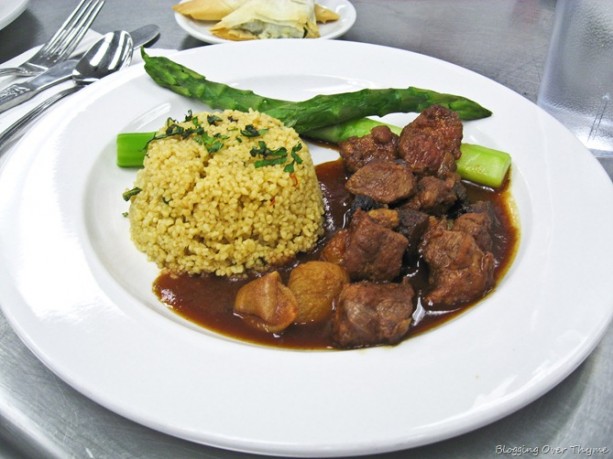
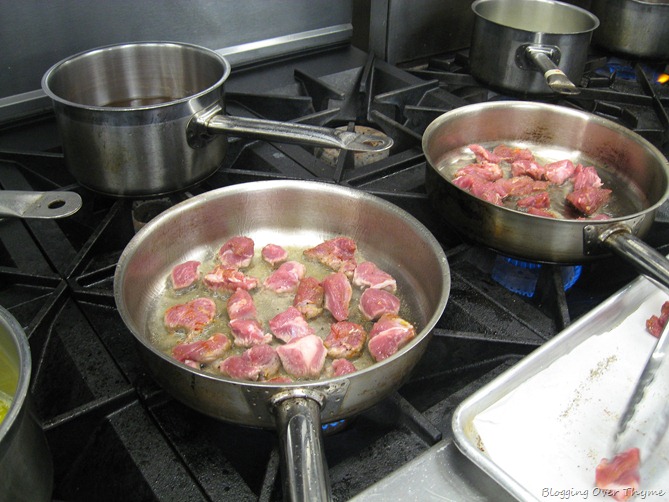
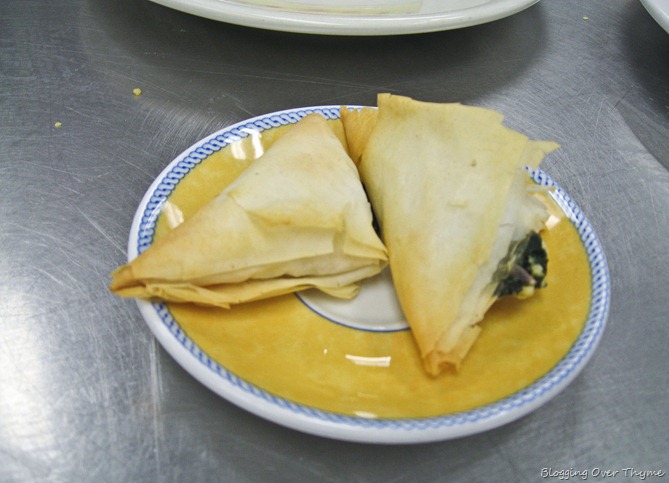
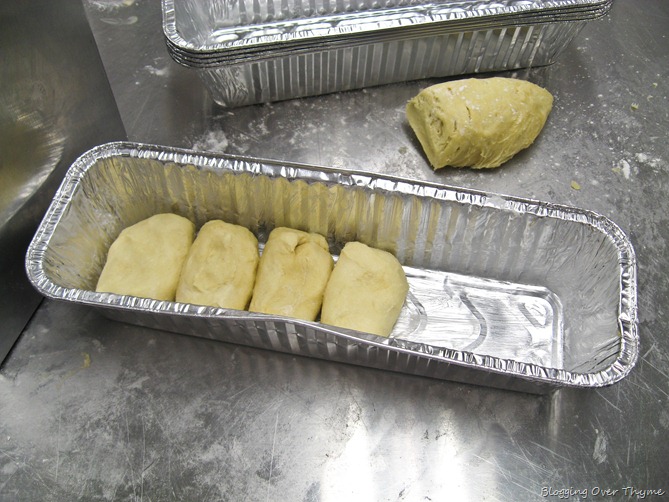
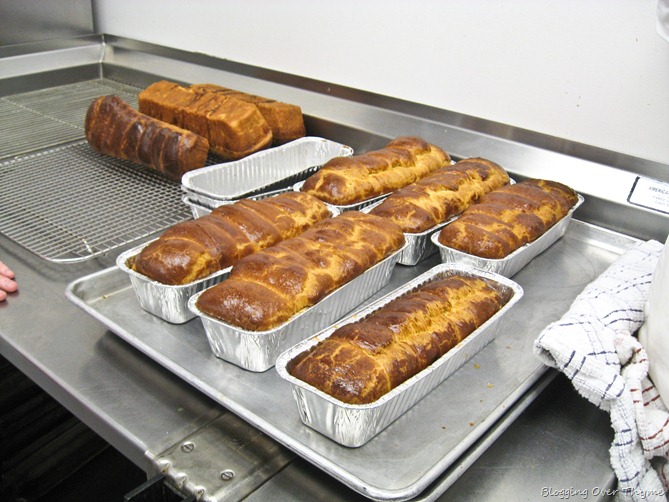
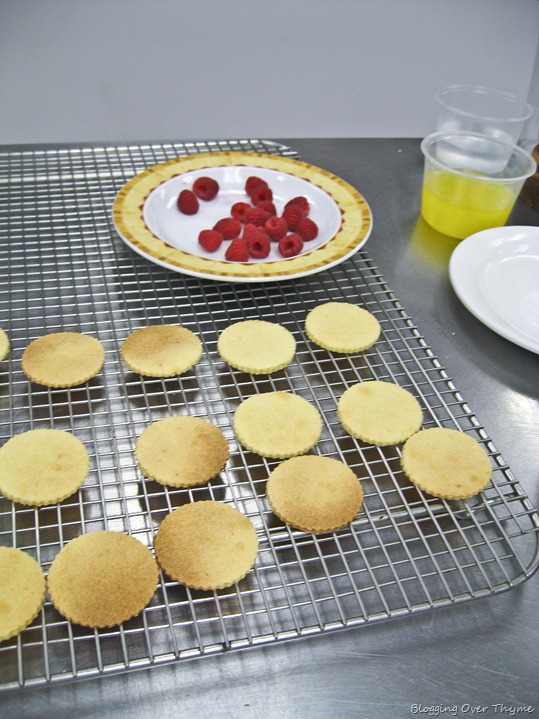
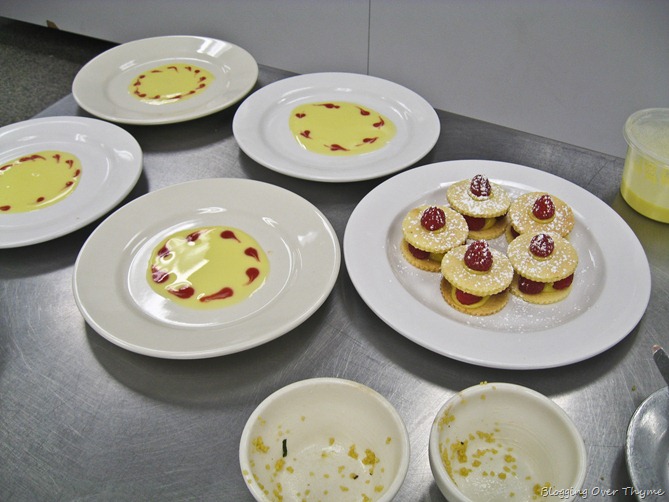
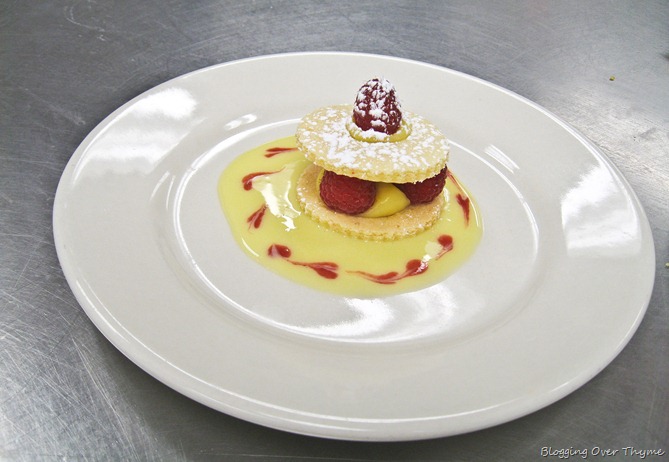
2 Comments on “Day 20: Pork Apicius, Spanikopita, & Crème Anglaise”
Carol — Maybe I will post a short recap of my saffron report! I'd be happy to send you the paper over email too. That's very interesting. I've only heard of rehydrating too, and didn't find that out when researching, but it sounds like it makes sense.
Thanks so much!!
Hello Laura, I'd be curious to hear about your saffron report. While we were in sardegna in october we ate many dishes with saffron and stayed at an agriturismo that actually grows its own. The owner told me to put the saffron between sheets of wax paper and with a warm iron, press the threads. He said it was the only way to release the flavors. I had never heard that, and had always put the threads into a little bit of hot water and let it sit for a bit. Have you ever heard of this way of using saffron? I enjoy your blogs immensely,
-Carol